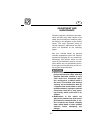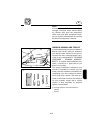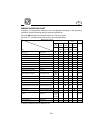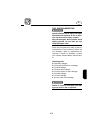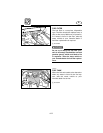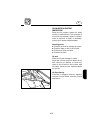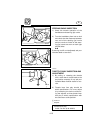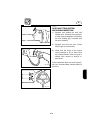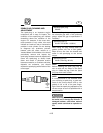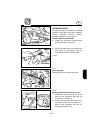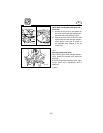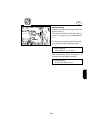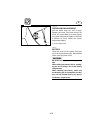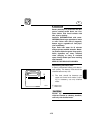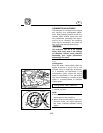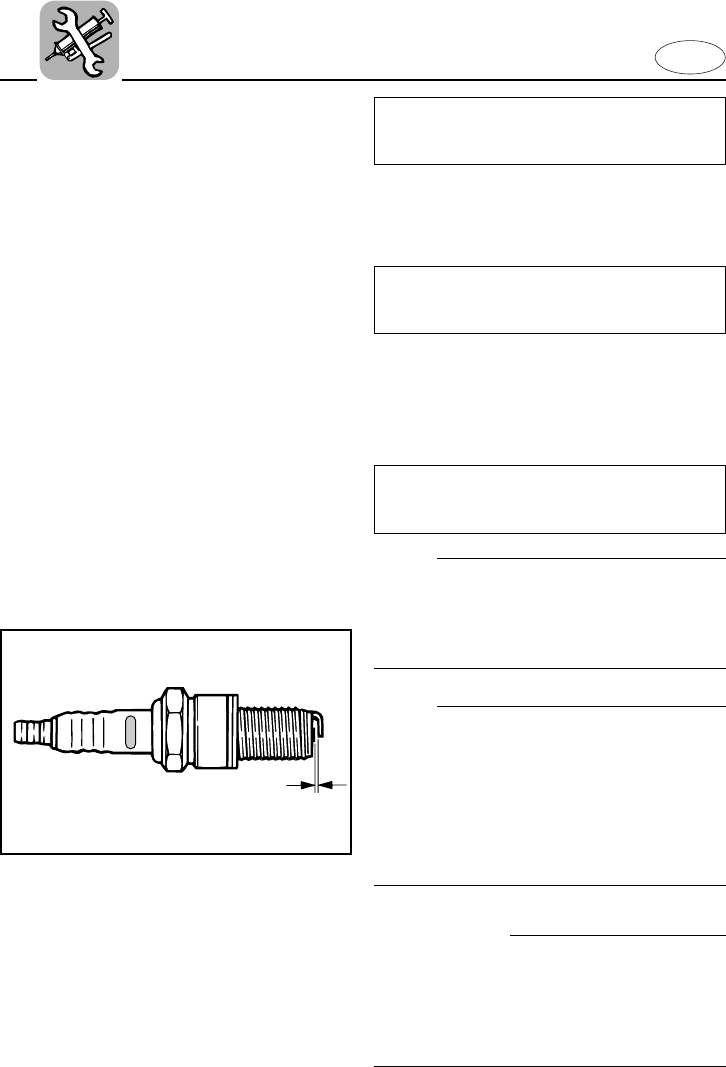
E
4-15
EJU00552a
SPARK-PLUG CLEANING AND
ADJUSTMENT
The spark-plug is an important engine
component and is easy to inspect. The
condition of the spark-plug can indicate
something about the condition of the
engine. For example, if the centre elec-
trode porcelain is very white, this could
indicate an intake air leak or carburetion
problem in that cylinder. Do not attempt
to diagnose any problems yourself.
Instead, take the water vehicle to a
Yamaha Water Vehicle dealer. You should
periodically remove and inspect the
spark-plug because heat and deposits will
cause the spark-plug to slowly break
down and erode. If electrode erosion
becomes excessive, or if carbon and other
deposits are excessive, you should
replace the spark-plug with another of the
correct type.
KA0065
a
Before installing the spark-plug, measure
the electrode gap with a wire thickness
gauge; adjust the gap to specification if
necessary.
When fitting the plug, always clean the
gasket surface and use a new gasket.
Wipe off any dirt from the threads and
screw in the spark-plug to the correct
torque.
NOTE:
Before installing the spark plug cap, be
sure to wipe off any water on the spark
plug or inside the cap. Push the spark
plug cap down until it clicks.
NOTE:
If a torque-wrench is not available when
you are fitting a spark-plug, a good esti-
mate of the correct torque (with a new
gasket) is 1/4 to 1/2 a turn past finger-
tight. Have the spark-plug adjusted to the
correct torque as soon as possible with a
torque wrench.
w
When removing or installing a spark plug,
be careful not to damage the insulator. A
damaged insulator could allow external
sparks, which could lead to explosion or
fire.
Standard spark plug:
BR-8ES
Spark-plug gap: a
0.6~0.7 mm (0.024 ~ 0.028 in)
Spark-plug torque:
25 Nm (2.5 m•kg, 18 ft•lb)



